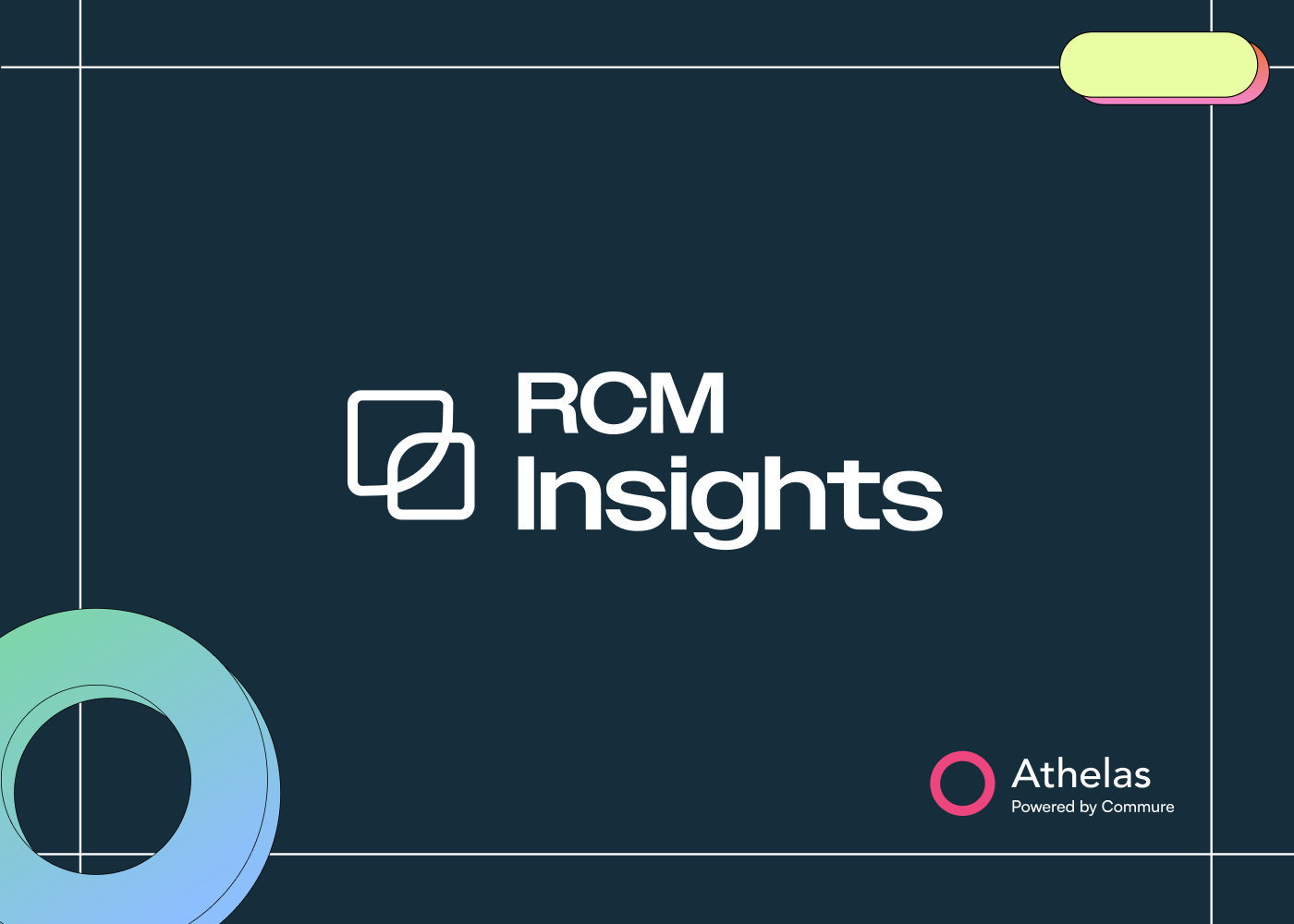If you're a provider or admin in a busy medical practice, you've probably felt the drag of endless charting. It's no secret that documentation eats up hours that could go toward patient care—or just unwinding after a long day. Enter ambient AI scribes, the tech that's buzzing in healthcare circles right now. These tools promise to lighten the load by automatically turning conversations into notes. But what exactly are they, and is 2025 the year your practice jumps on board? Let's break it down in plain terms, based on what's out there, so you can decide if it's a fit for your team.
What Exactly Is an Ambient AI Scribe?
At its core, an ambient AI scribe is like a smart assistant that hangs out in the background during patient visits. It listens to the conversation between you and your patient—without interrupting—and uses AI to whip up medical notes, summaries, or even structured EHR entries. Think of it as an upgrade from traditional scribes or dictation software; it's "ambient" because it passively captures audio via a secure device, like a phone or tablet mic, and processes it in real time or shortly after.
This isn't sci-fi—it's already in use across specialties like primary care, oncology, and even therapy. The goal? To free you from the typing frenzy so you can focus on the human side of medicine.
How Does Ambient AI Scribe Technology Work?
It's pretty straightforward: During a visit, the tool records the dialogue (with patient consent, of course). Advanced AI then transcribes it word-for-word, pulls out key details like symptoms, history, and plans, and formats them into a note ready for your EHR system. Some versions use natural language processing to handle accents or medical jargon, and they often integrate with popular EHRs for seamless uploads.
In 2025, expect more polished features, like real-time summaries or even coding suggestions, as the tech matures. But remember, you still review and edit the output—it's a helper, not a replacement.
The Real Benefits for Medical Practices
From what early adopters are saying, ambient AI scribes can make a noticeable difference. For starters, they slash documentation time: One large group saved over 15,000 hours in a year across 2.5 million uses, letting docs wrap up notes faster and head home earlier. This ties into burnout relief—studies show these tools ease cognitive load and boost job satisfaction by returning time for patient interactions.
Patient care gets a lift too: With less screen time, providers report better eye contact and more natural conversations. Plus, for busy practices, it's cost-effective—available 24/7 without hiring extra staff, potentially improving efficiency and accuracy in notes. In specialties with heavy admin loads, like therapy, it even helps finish notes right after sessions.
The Drawbacks and Risks You Can't Ignore
No tech is perfect, and ambient AI scribes have their hurdles. Accuracy can be hit-or-miss: They might bungle medical terms, accents, or noisy rooms, leading to errors or "hallucinations" like wrong meds or doses. They also miss non-verbal cues, like a patient's body language, which could skew notes.
Privacy is a big one—recording visits raises data security concerns, especially with HIPAA in play. Some docs note that time savings aren't always huge (maybe just 34 seconds per note for some), and editing long drafts can still feel burdensome. Over-reliance might creep in, and technical glitches could disrupt workflows.
Should Your Practice Adopt an Ambient AI Scribe in 2025?
It depends on your setup. Adoption is skyrocketing—projections say 60% of providers might use them by year's end, with rates hitting 20-50% in places where they're available. If your practice deals with high burnout or heavy paperwork, it could be a game-changer for reducing admin burdens and improving work-life balance.
Key factors to weigh: Your specialty (great for talk-heavy fields), budget (costs vary, but ROI from time savings), tech readiness (EHR integration), and patient comfort (always get consent). Start small with a pilot, review privacy policies, and train your team to spot edits. If risks like accuracy or data concerns loom large, it might not be ready for prime time yet.
A Tool Worth Watching in Healthcare AI
Ambient AI scribes are reshaping how practices handle notes, offering real relief in a paperwork-laden world. In 2025, with trends pointing to wider use, they could help your team reclaim time and energy—if the pros align with your needs. Just approach with knowledge of the limitations.
Schedule a demo to find out more.
How do you bill medicaid? Improve retention without hiring?
Get ahead of 2025 CMS changes?
Schedule a demo with Athelas today to find out.




